The diversity of materials existing in the world is amazing. What types of fabrics are there for clothing, and what for bed linen and children's linen, and what types of fabrics are there by composition?
In general, fabrics can be divided into three large groups: natural, synthetic and mixed. The classification will be based on the composition of the material.
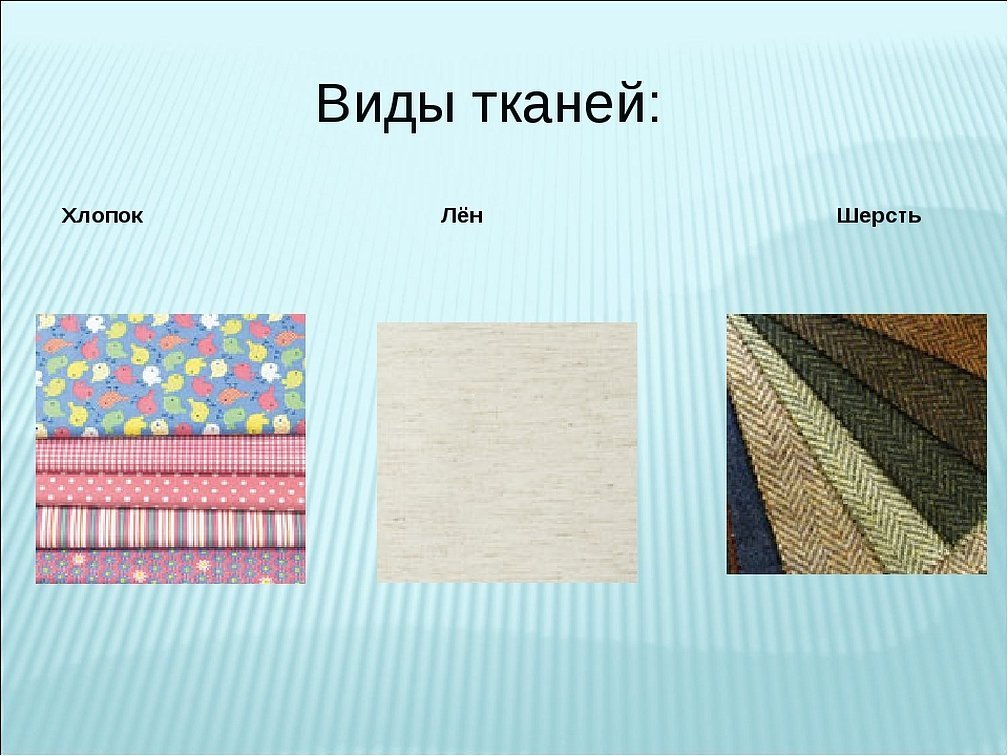
- Natural fabrics: list of names, types and their characteristic properties
- Silk fabrics
- Linen fabrics
- Cotton group
- Tale
- Velveteen
- Woolen fabrics
- Gabardine
- Tale
- Synthetic fabric
- Oxford
- Diving
- Barbie Crepe
- Mixed fabrics
- Guipure
- Cotton Memory
- Crepe suit
- Crepe stretch
- Two-thread footer
- Chenille
- Flock
- Jacquard
- Other subtypes of fabrics
- Bamboo
- Viscose
- Corn
- Cupra (or cupro)
- Acetate
- Dermantin
- Lace
Natural fabrics: list of names, types and their characteristic properties
The name of the fabrics speaks for itself. Natural ones are made from natural fibers of plant or animal origin. These include silk, linen, cotton and wool.
Silk fabrics
Silk fabric products amaze with their luxury and cost. Not every fashionista can afford to wear underwear made of natural silk, not everyone can afford to buy a set of silk bed linen. The production of silk fibers is an expensive and technologically complex process, the cost of which is reflected in the products. But it is in great demand, since it has the following characteristics:
- hygroscopicity;
- thermoregulation;
- wear resistance and durability;
- air permeability;
- hypoallergenic.
Silk is capricious in care, does not like bright sun and rain. But it loves hand washing and ironing with an iron heated to a minimum temperature.
Here is a list of some well-known names of silk fabrics: brocade, satin, gauze, organza, crepe de chine, toile, tussah, foulard.
The most popular application of silk fabrics is elegant clothing for receptions and presentations, bed linen and lingerie. But this is far from a complete list. They also sew ties and scarves, curtains, use for lining and trimming formal clothing. A white satin dress is the best luxury outfit for a bride.
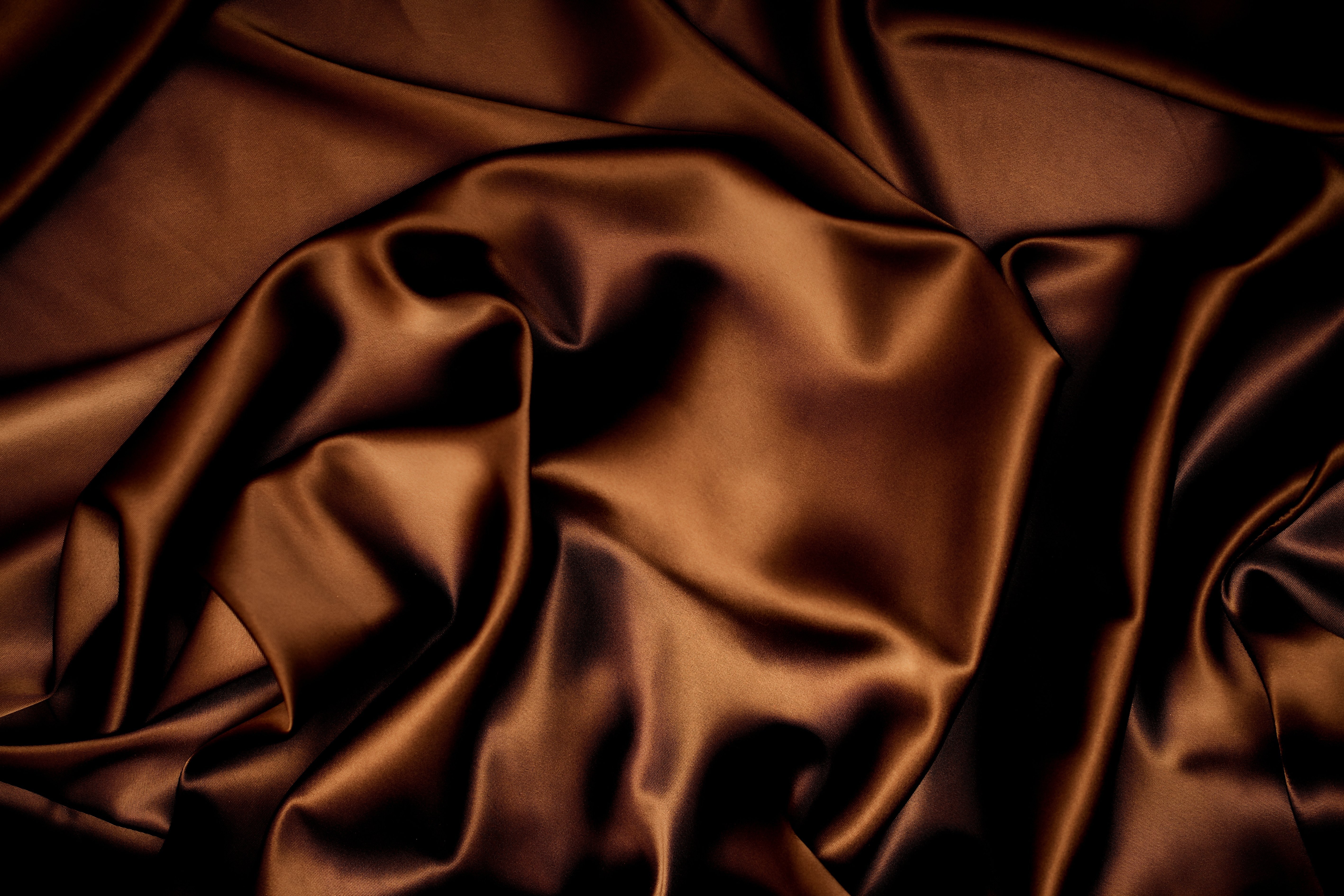
Linen fabrics
Compared to silk threads, linen threads seem somewhat rough and hard. This is indeed the case. But this fact does not prevent linen clothing from being popular. It is pleasant to wear a linen suit in the heat. All the properties of natural fabrics are inherent in linen. But its main disadvantage is increased wrinkling. Wrinkled clothing has to be ironed literally every time it needs to be worn. Summer suits, jackets and sundresses, as well as tablecloths, napkins and other home textiles are sewn from linen.
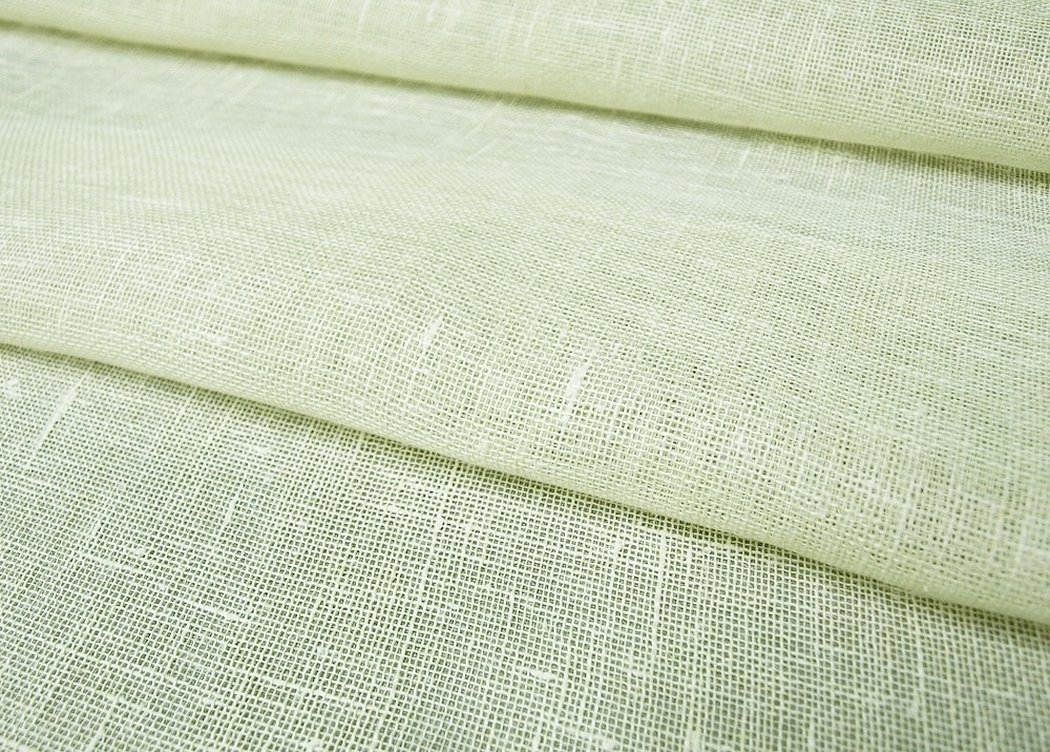
Cotton group
Cotton fabric is soft, light and pleasant to the touch. It is easy to care for, can be washed and ironed at high temperatures. In addition, it is hygienic and does not cause allergies. Some types of fabric undergo the mercerization process, which gives the material a glossy shine and durability. Cotton materials are used to sew a wide variety of products, from children's clothing and bed linen to jeans and wedding dresses.
What types of cotton fabrics are there? Here are some varieties:
Tale
Flannel is a dense cotton fabric with a pile. It is mainly used for sewing children's clothing: diapers, undershirts, bodysuits, pajamas.

Velveteen
Cotton fabric with relief ribs on the front side. It is used to sew skirts, trousers, home textiles, and is used as upholstery for upholstered furniture. Initially, it was 100% cotton, but modern technologies have made the fabric more durable and elastic by adding synthetic fibers to the original composition.
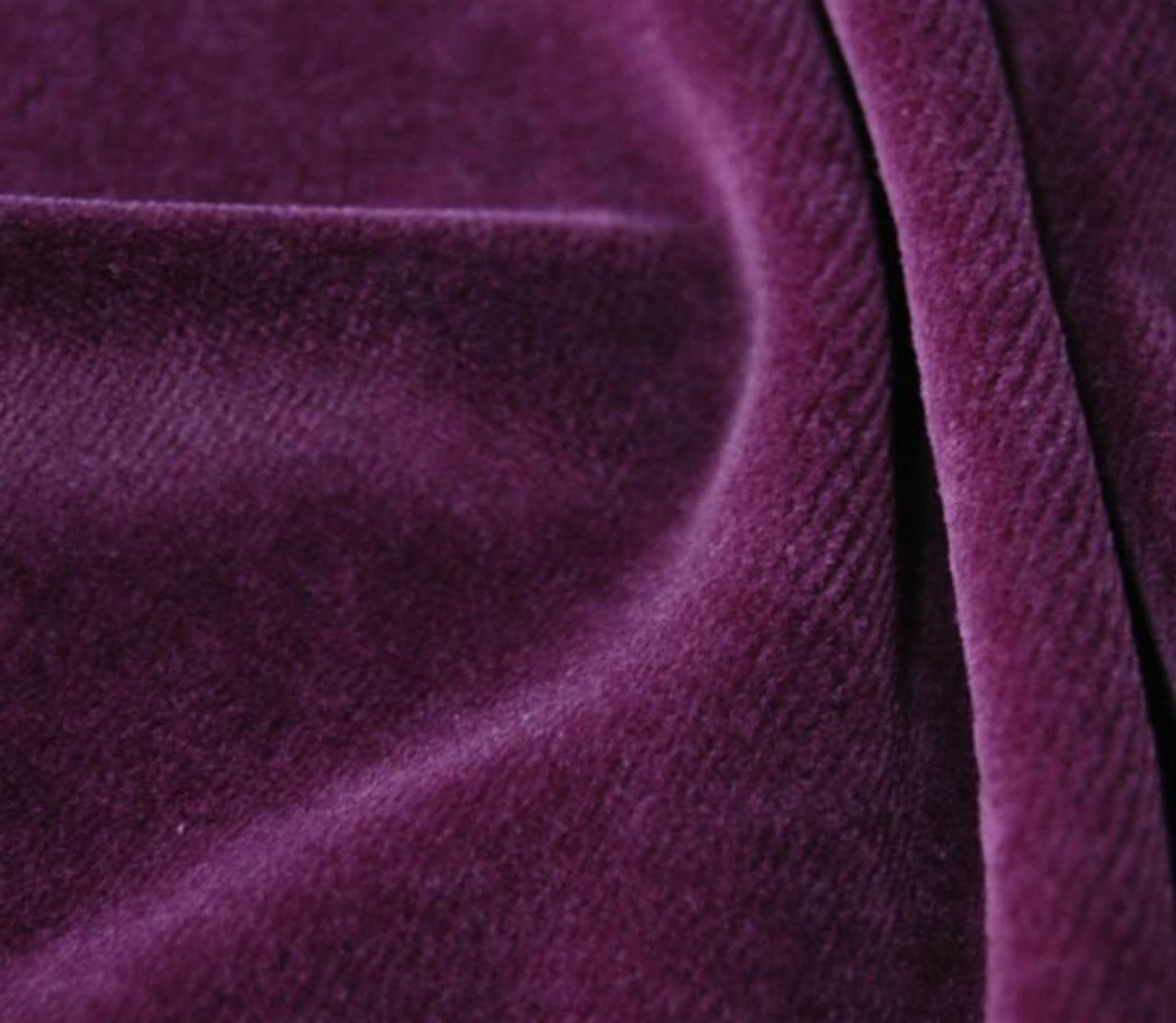
Woolen fabrics
Woolen fabrics are made from wool and down of sheep, camels, rabbits, merinos and other animals. They all have one common property - high heat retention. To give elasticity, manufacturers add 7-10% elastane to the composition. Things become more elastic and tight-fitting. Types of fabrics made from wool:
Gabardine
A material made from merino wool, a fine rib is formed during weaving. It is dense, but at the same time light and soft. It does not let moisture through due to the tight twisting of the threads, but does not stretch. It is used for furniture upholstery, workwear, home textiles, as well as jackets, skirts and dresses.
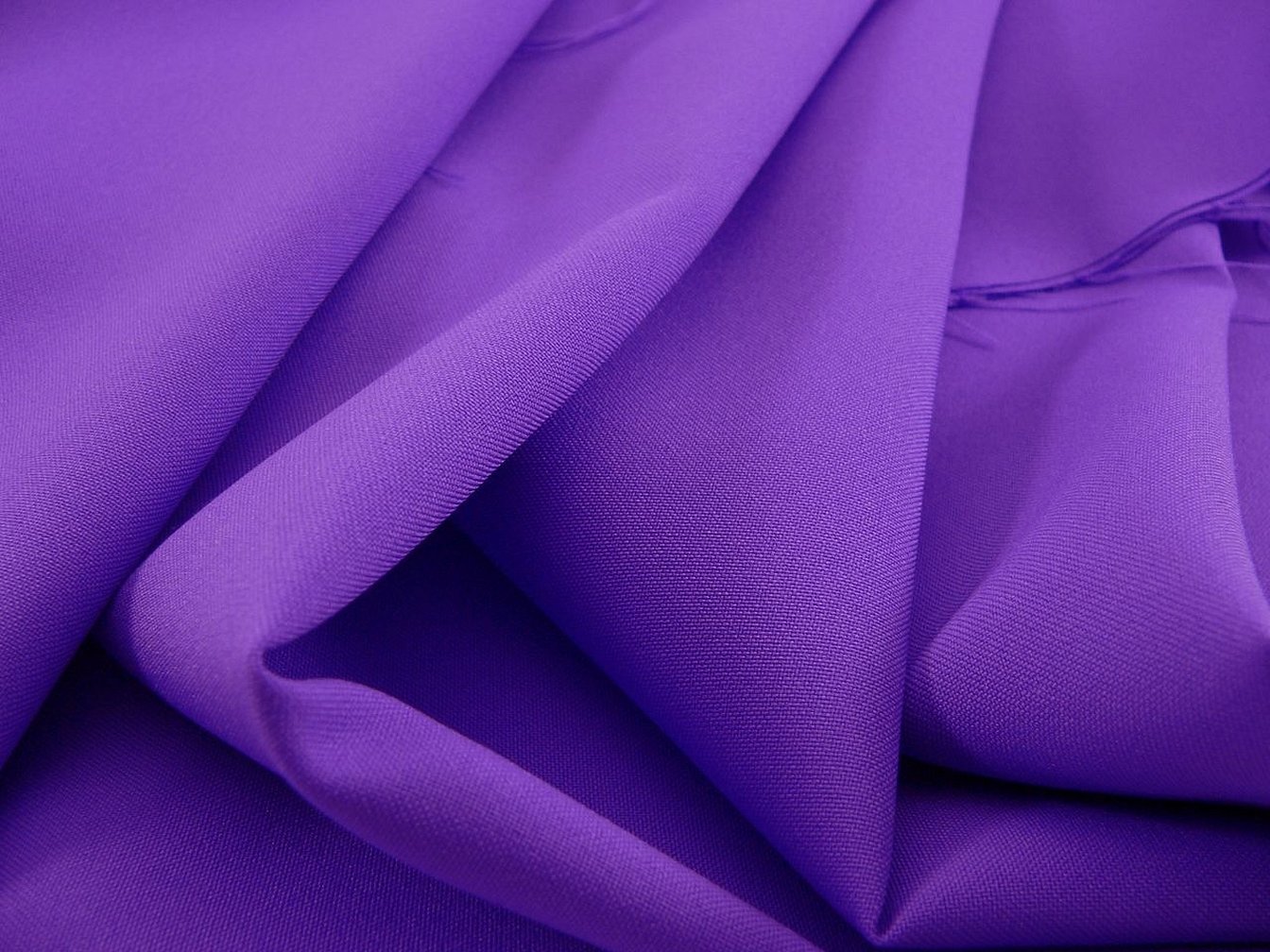
Tale
In addition to cotton, there is also wool flannel. It is made only by twill weaving of threads. The process includes the stages of cleaning (typical for all woolen fabrics), single-color dyeing, and then printing of the pattern. They make children's pajamas, shoe insoles, blankets.
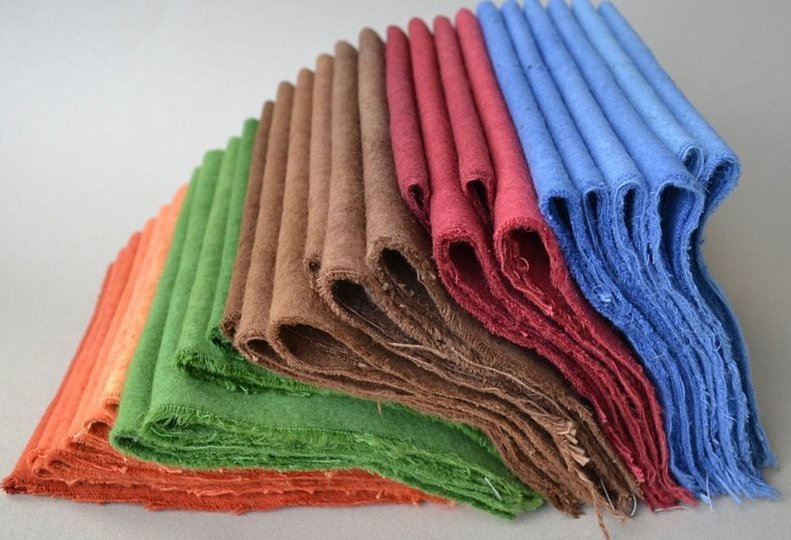
Important! There is also hemp fabric. It turns out that clothing made from hemp fibers is the safest and most durable. According to doctors, hemp clothing will rid the body of toxins.
Synthetic fabrics are made from synthetic or artificial fibers, which are given special properties: water-repellent, for example.
Synthetic fabric
Synthetic is a material made by a "chemical" method. Examples of this include oxford and diving.
Oxford
Modern oxford fabric is made from nylon or polyester fibers, although historically it originated as a natural cotton material. Silky to the touch, dirt-repellent, wear-resistant fabric is widely used in furniture production; it is used to make camping equipment, stroller covers and inserts for children's clothing, as well as purses and bags.
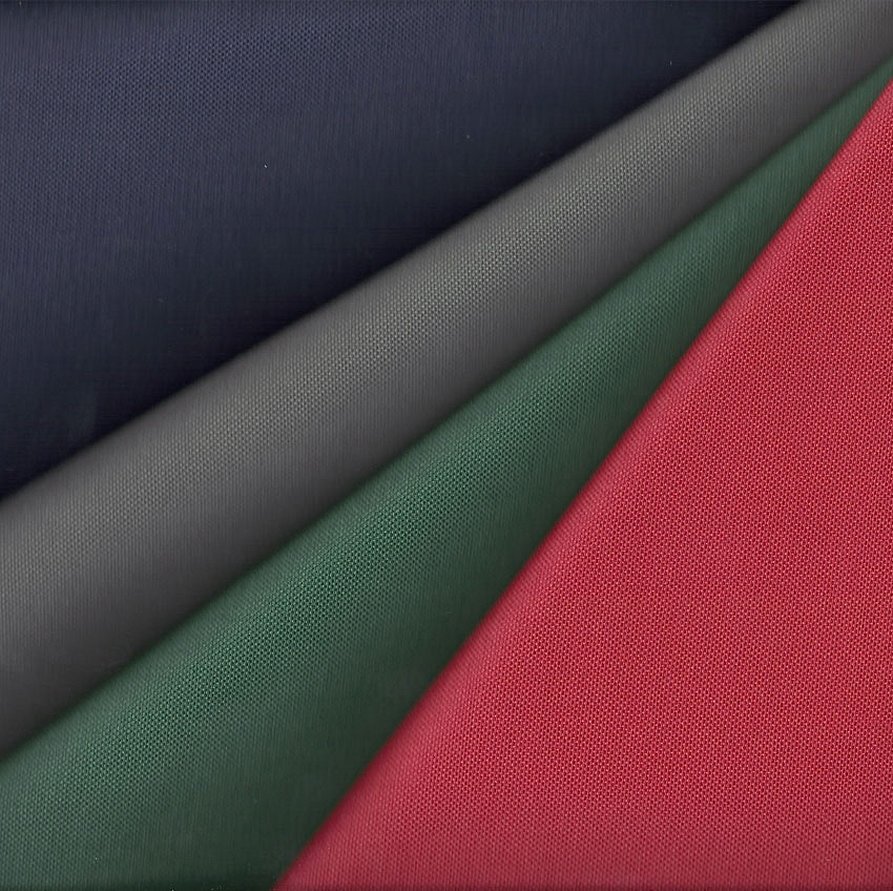
Diving
This thin fabric is sometimes called a person's "second skin", so tightly and smoothly do clothes made from it sit on the body. Sportswear is sewn from it - swimsuits, swimming trunks, leggings and summer outfits. The composition of the material: viscose, lycra and polyester. Does not require ironing, does not wrinkle, very easy to care for.
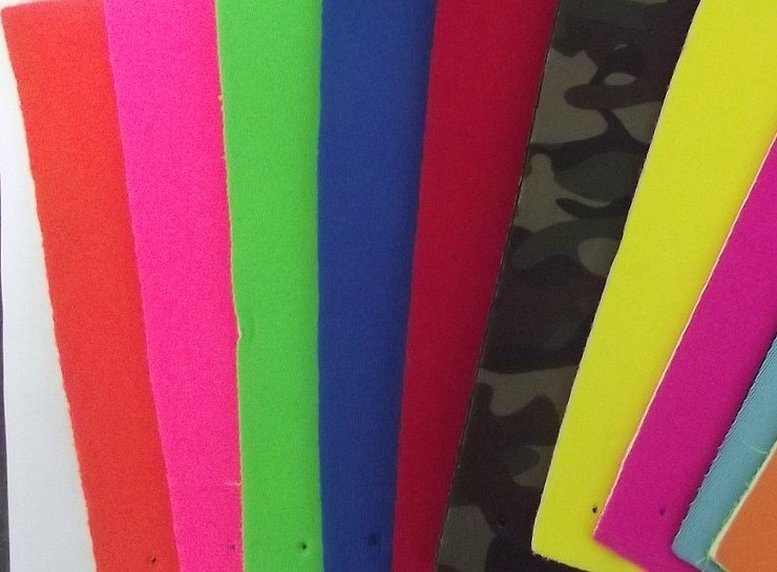
Barbie Crepe
Crepe material, but with a smooth surface, without the knots typical of classic crepe. Contains polyester, elastane and viscose. Suits, skirts, blouses and dresses are sewn.
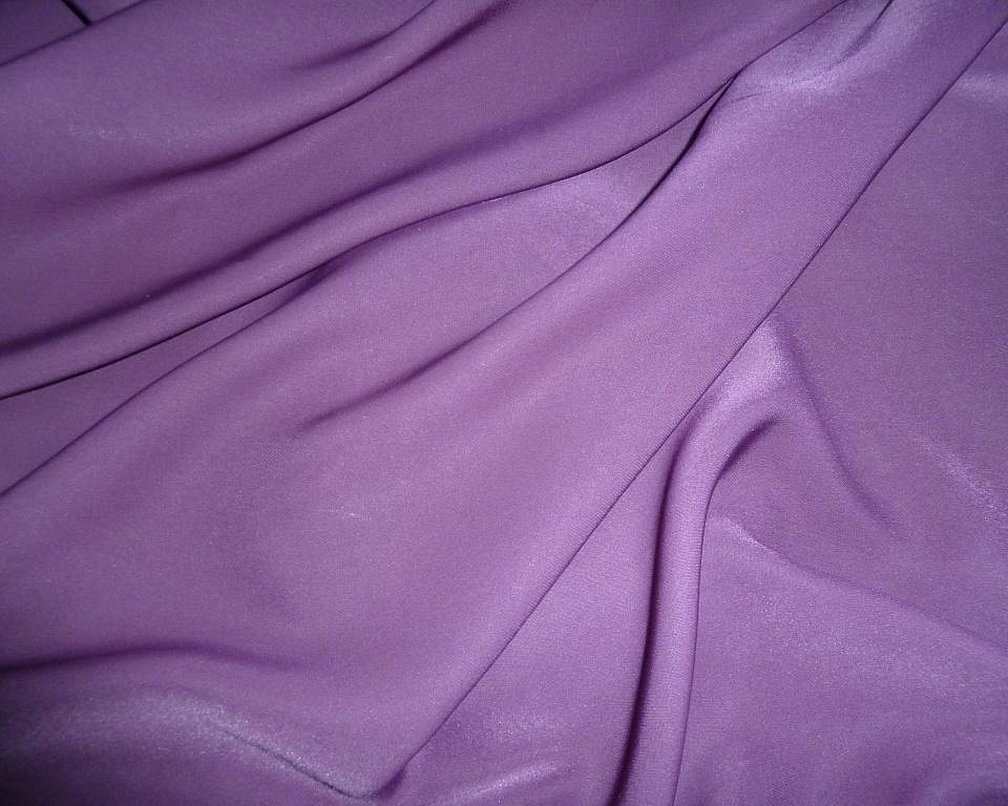
Mixed fabrics
Mixed materials are made from combinations of natural and non-natural fibers in varying percentages. There are many options, here are just a few of them.
Guipure
Lace fabric made from a combination of silk, cotton and viscose fibers with the addition of lurex or polyester. Fine lace is used in sewing women's underwear, inserts for elegant dresses, and the production of tulle and bedspreads.
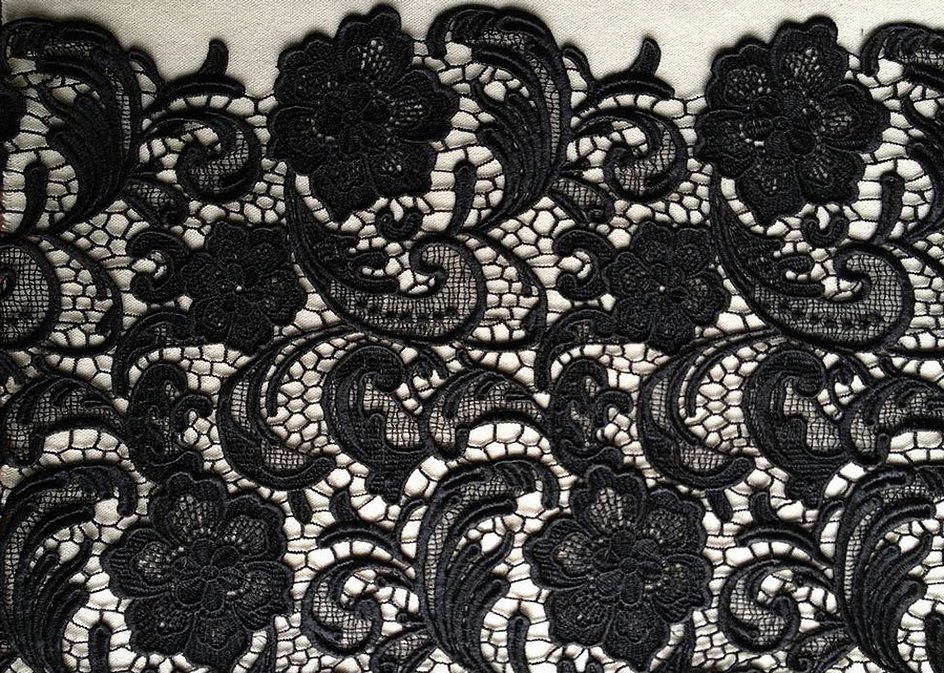
Cotton Memory
As you can tell from the name, this fabric has the function of keeping its original shape, and consists of 30% cotton. You can tell it apart by taking it in your hands and squeezing it hard. There will be folds on the surface, but if you run your hand over the fabric, they will straighten out. Outerwear and everyday wear are sewn from it. It does not require ironing.
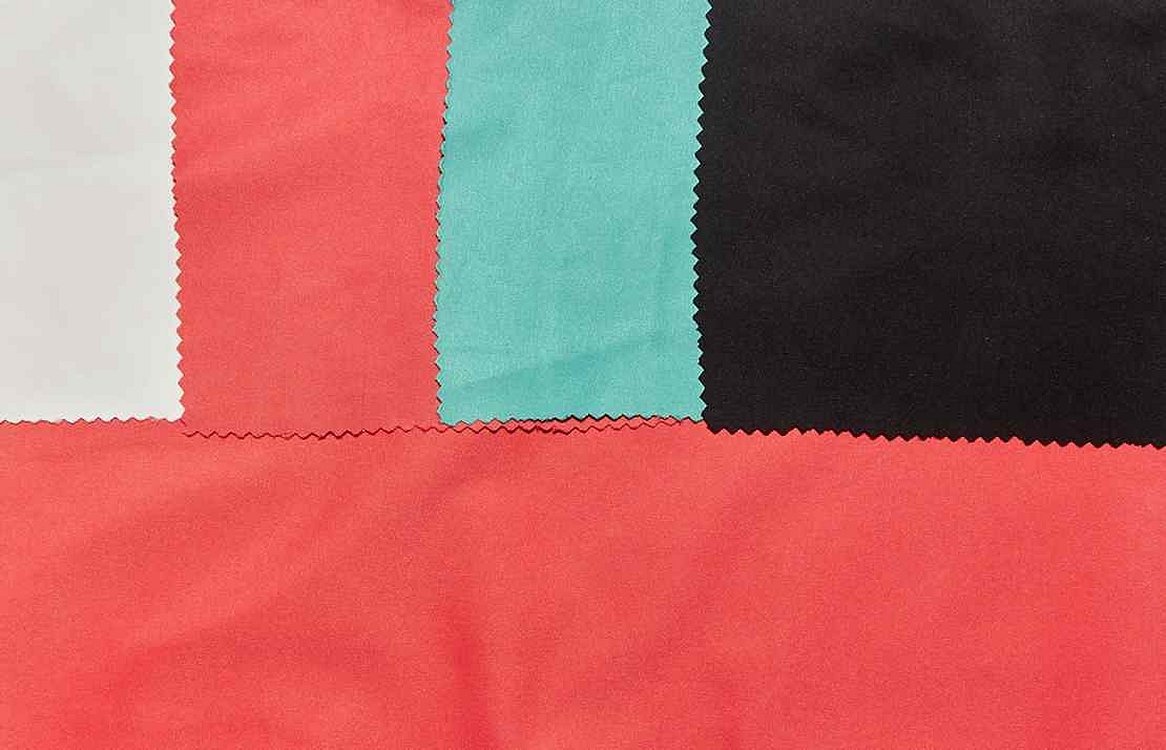
Crepe suit
They are made from silk, cotton, acrylic fibers with the addition of polyester and viscose. There is also a wool base. The surface is rough, the structure is grainy due to the special twisting of the threads. School uniforms are sewn from such material - comfortable and practical for lessons. Sometimes soft toys are made.
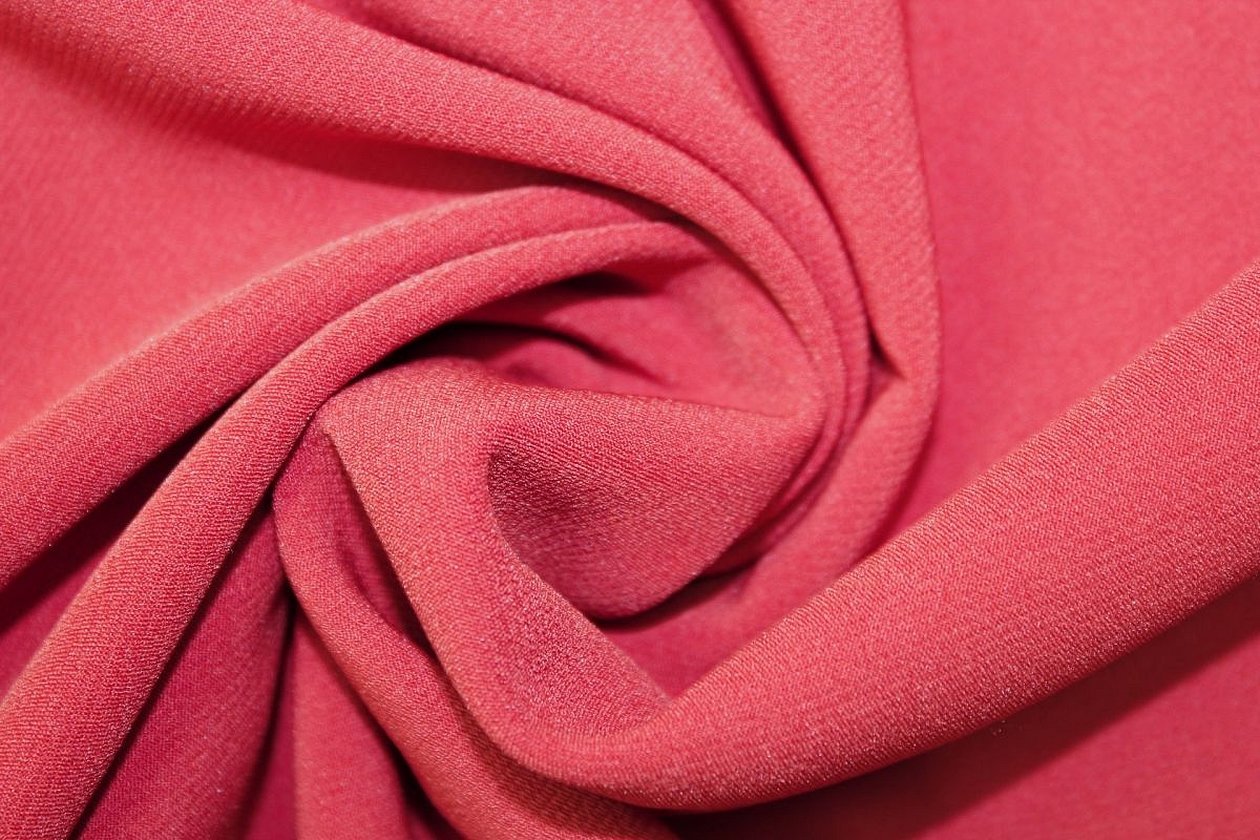
Crepe stretch
Elastane is added to the cotton or wool base of the fabric, which makes the material flexible and stretchy. If desired, you can sew an entire wardrobe from it.
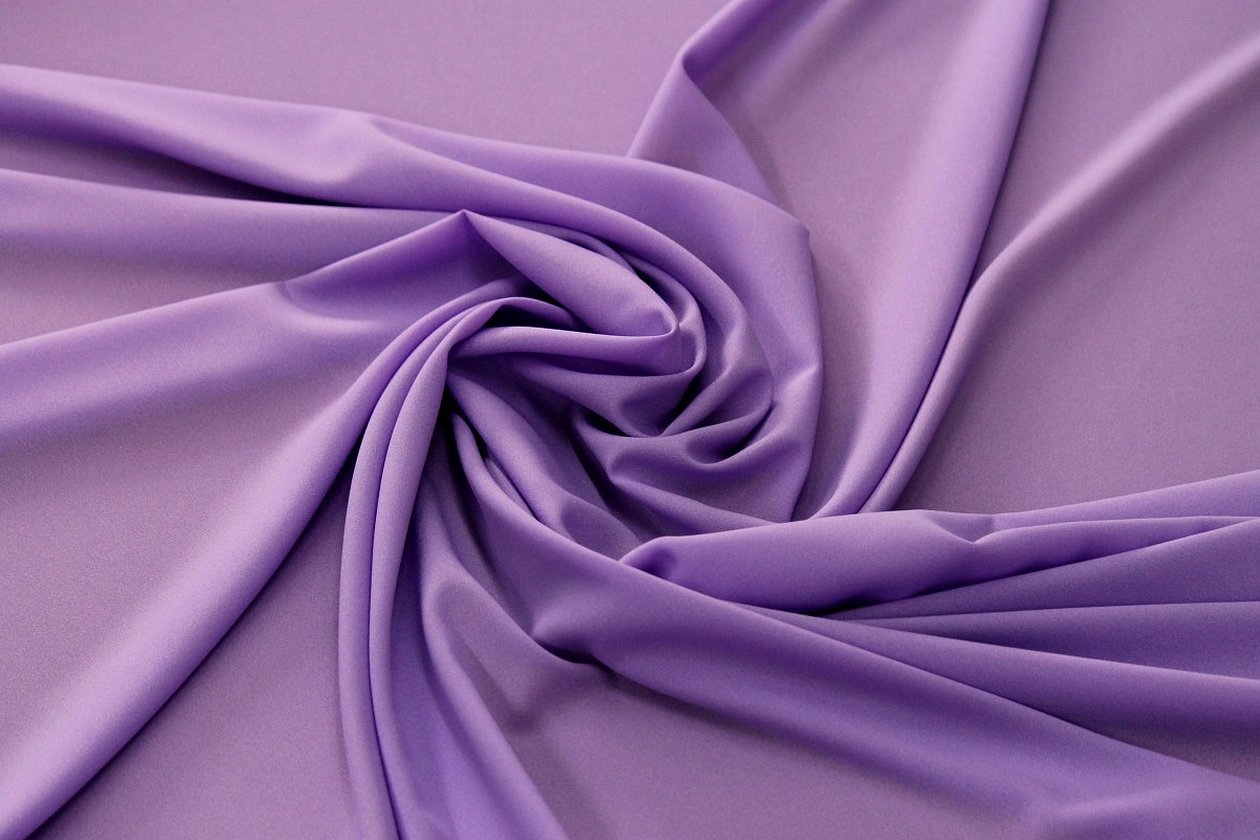
Two-thread footer
A type of knitted material. The base is made with satin stitch, and during the weaving process, two loosely twisted lining threads are added to it. The back is either piled or looped. It is used to sew children's clothing and home clothes for the whole family.
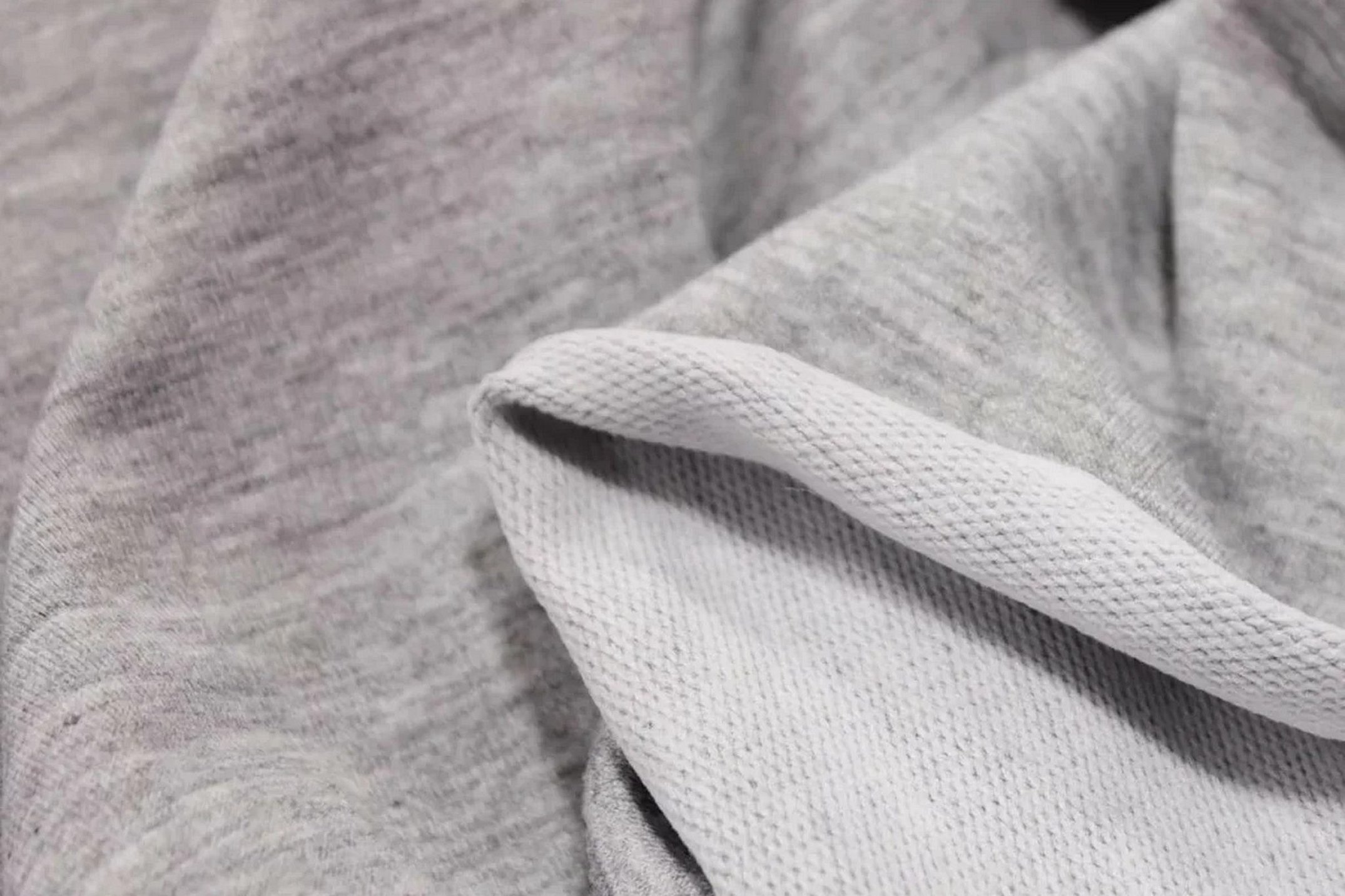
Chenille
A mixed fabric with a fluffy velvety surface. It is used for furniture upholstery, curtains and bedspreads are sewn from it. A very soft and cozy material, similar to velvet. It is better not to wash it. If the product is dirty, it is better to use dry cleaning.
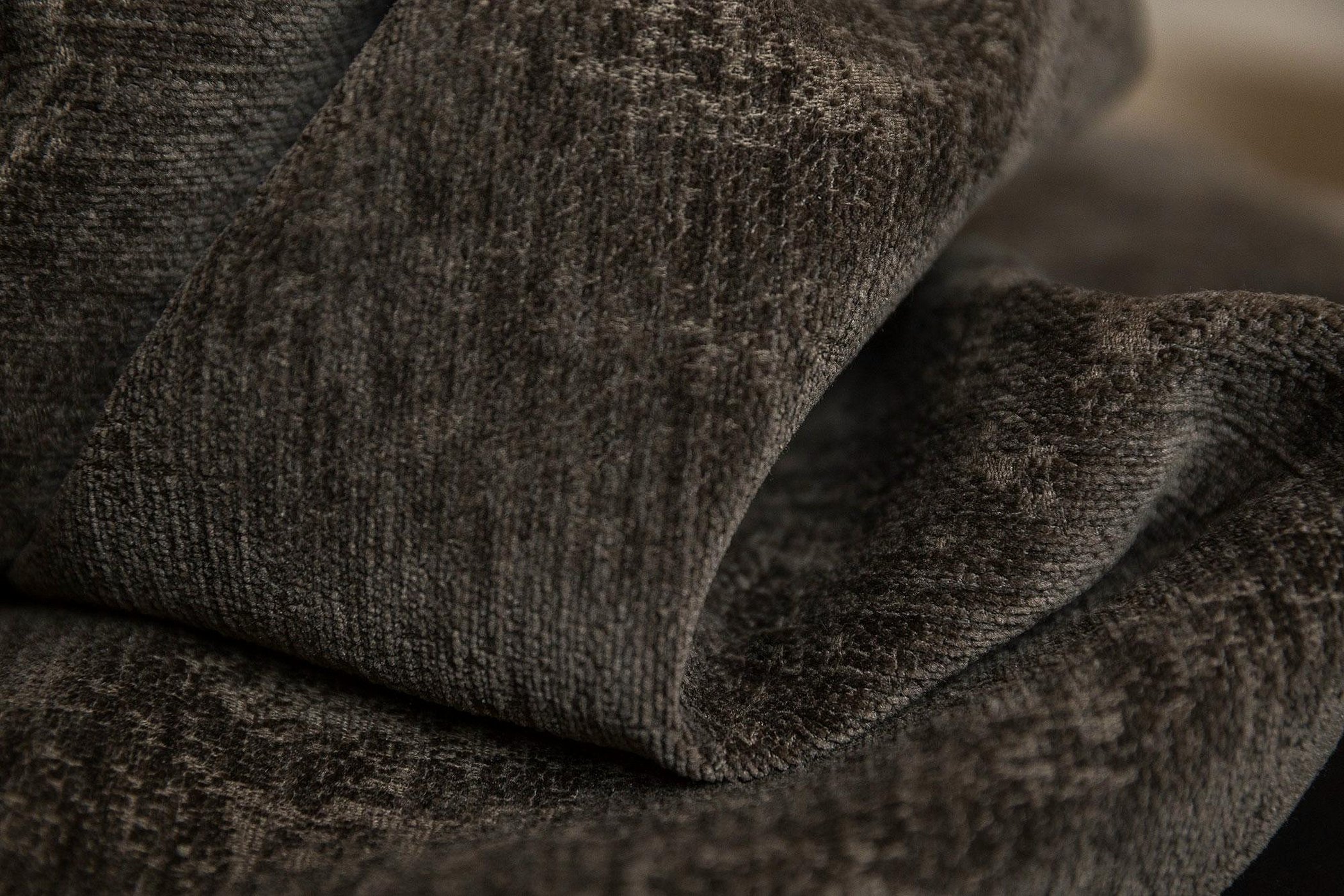
Flock
The most popular upholstery material. Strength, density and wear resistance, the most important properties for upholstery, are determined by the composition of the fabric. Most often, it is cotton and nylon. Here is a brief description of the interesting multi-stage process of creating the material:
- the base is made from cotton;
- Nylon fibers for future pile are crushed;
- an adhesive composition is applied to the base;
- microfibers are transferred to the base under the influence of an electrostatic field;
- At the final stage, the resulting pile is pressed tightly to the base and secured.
It is flock upholstery that should be chosen for furniture in an apartment where pets live.
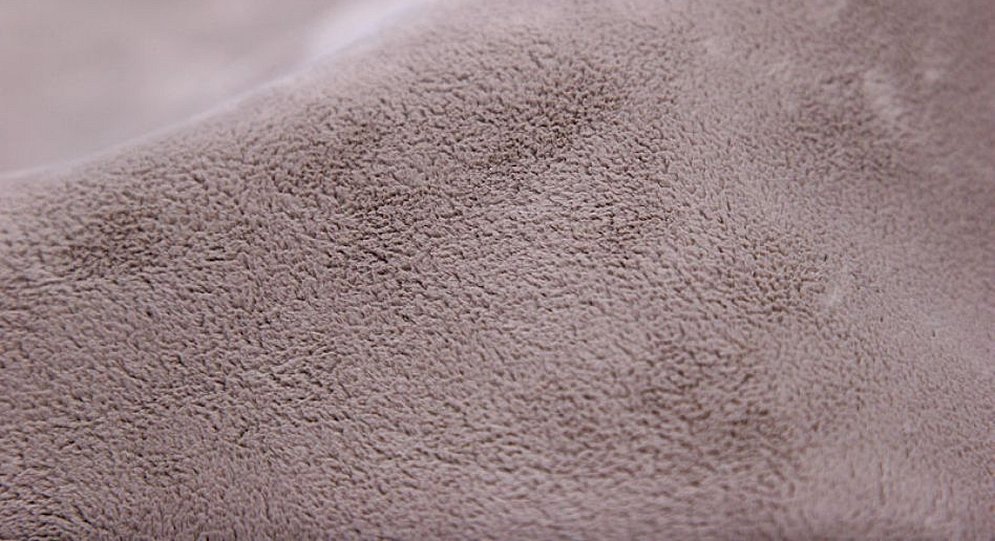
Jacquard
Jacquard is a material, no matter what type of fabric, on which a jacquard pattern is applied. The name comes from the inventor of the machine, D.M. Jacquard, who in the 19th century invented the first weaving machine capable of embroidering various patterns on fabric.
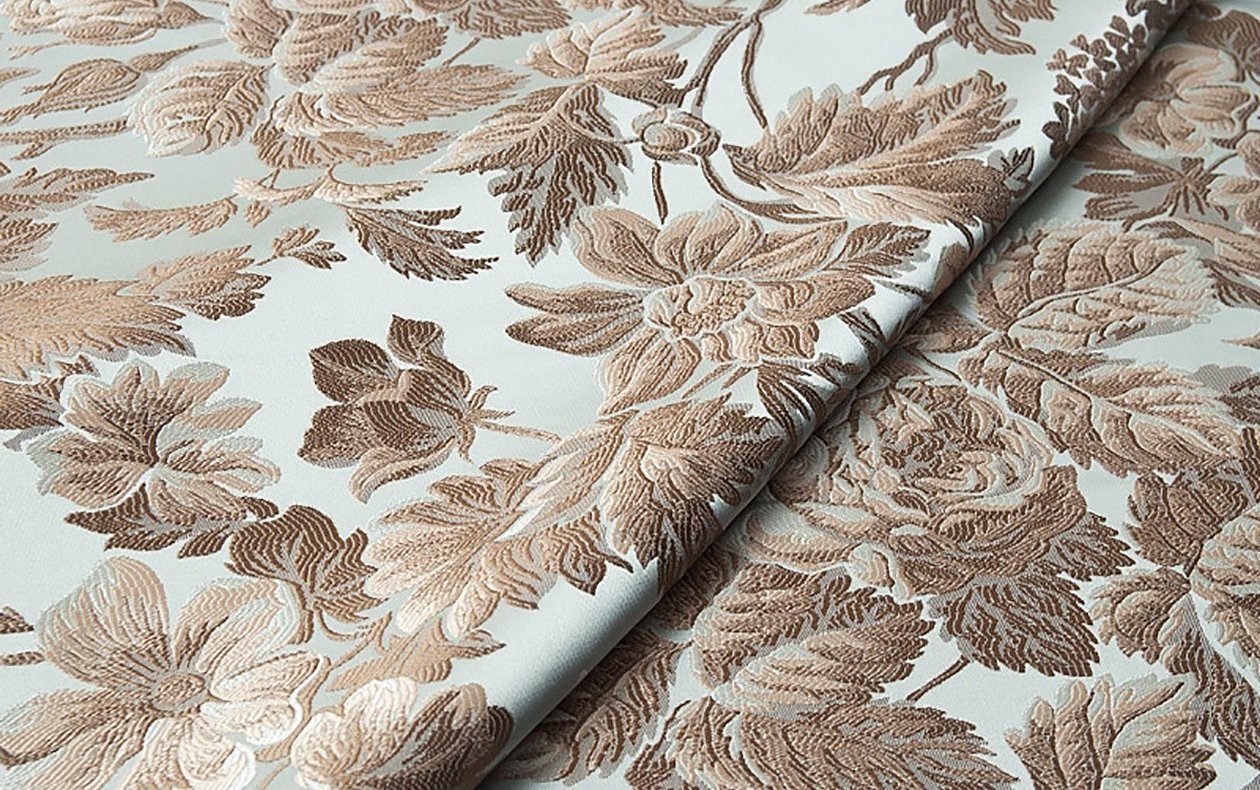
Other subtypes of fabrics
There is another type of material that is used everywhere. These are artificial fabrics.
They are obtained chemically using natural raw materials. Here are some of them.
Bamboo
A modern fabric obtained from the leaves and stems of the plant. First they are mechanically crushed, then immersed in a solution of soda hydroxide. Then this processed mass is passed through a sieve and bamboo threads are obtained. The material is very hygienic with antimicrobial and antibacterial properties.
It is used to make underwear, T-shirts, pillows, tights. And also home care products - various rags and potholders. They do not "sour" and can be washed easily, so they can be used for a long time.
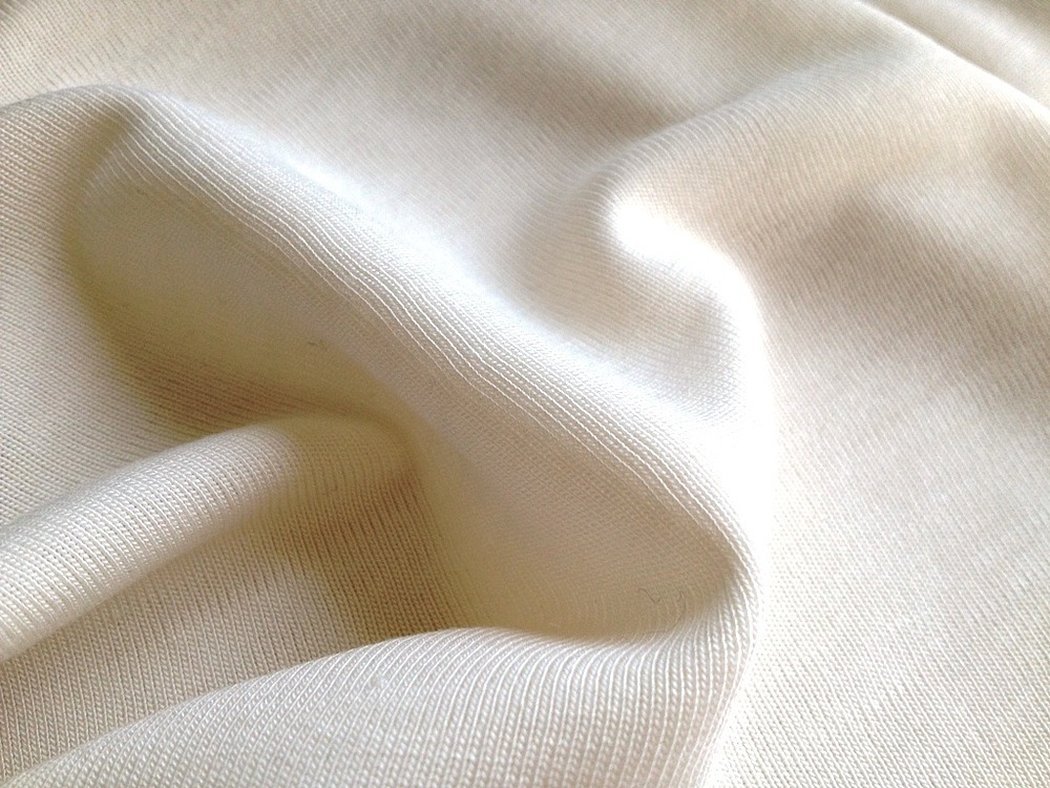
Viscose
The basis of the material is cellulose, a substance contained in wood. It can be conditionally called a natural material. But still, it is closer to artificial, since before becoming a fiber, cellulose is processed in every possible way.
First, the cleaning and grinding process starts; then it is soaked in water and the moisture is removed; the resulting mass is pressed and fibers are obtained; the fibers are dried, pressed, bleached and dyed in the required color. Everyday clothes, toys, and home textiles are sewn from viscose. Unfortunately, the material loses strength when wet.
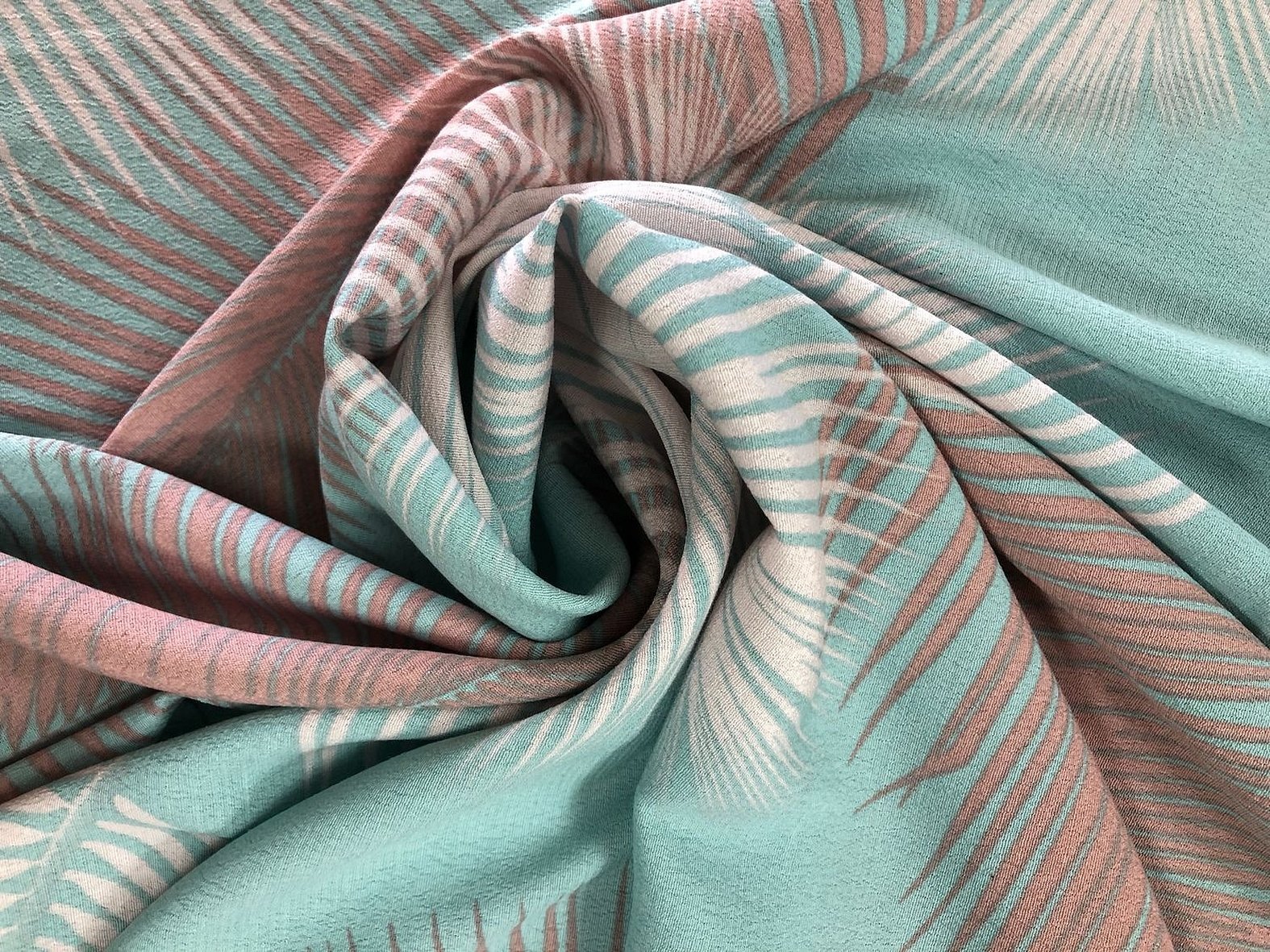
Corn
Corn starch is used to produce the fibers. The resulting threads are woven using a special knitted weave called pique. The result is a checkered texture. The material is used to sew sweaters, T-shirts, underwear, blankets, pillows, and children's items.
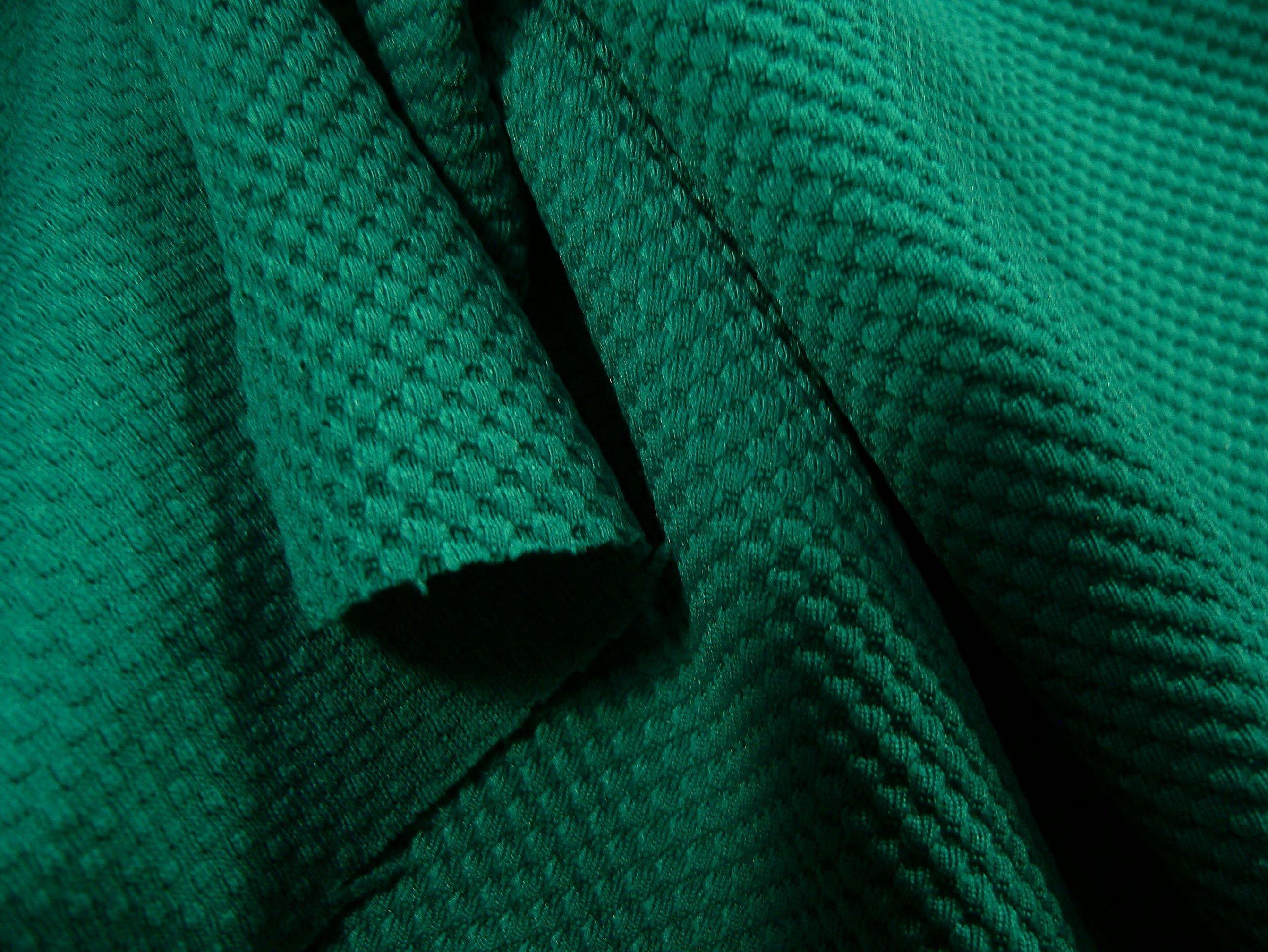
Cupra (or cupro)
Wood chips are used to produce the fabric. They are treated with a solution of copper sulfate and ammonia. The resulting mass is passed through a sieve and also treated with sulfuric acid. Very thin and transparent fibers are obtained. The fabric itself has a shine and is extremely light. Clothes are made from the fabric, it is used as a lining fabric. Sometimes it is used to upholster furniture.
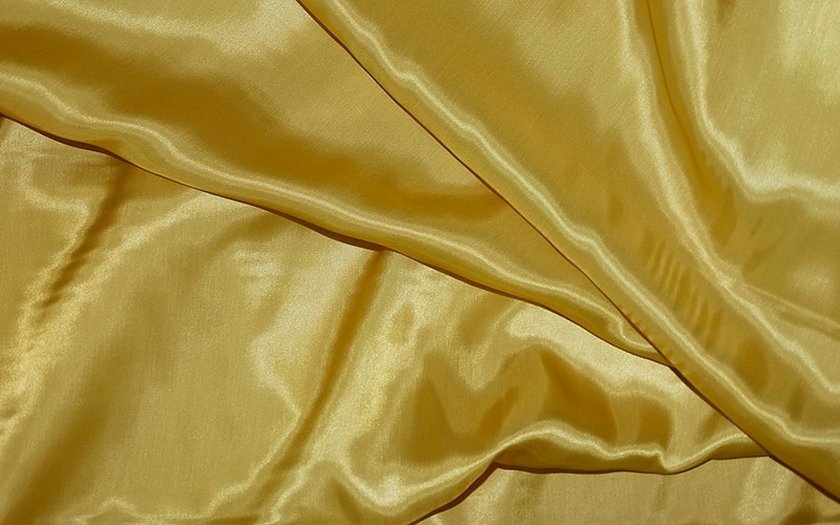
Acetate
Acetate is a light, shiny fabric that looks like silk. The fibers are obtained using acetic acid. The surface is smooth, with a silky shine. It is used in clothing, along with natural silk. Due to its lower price, it is very popular.
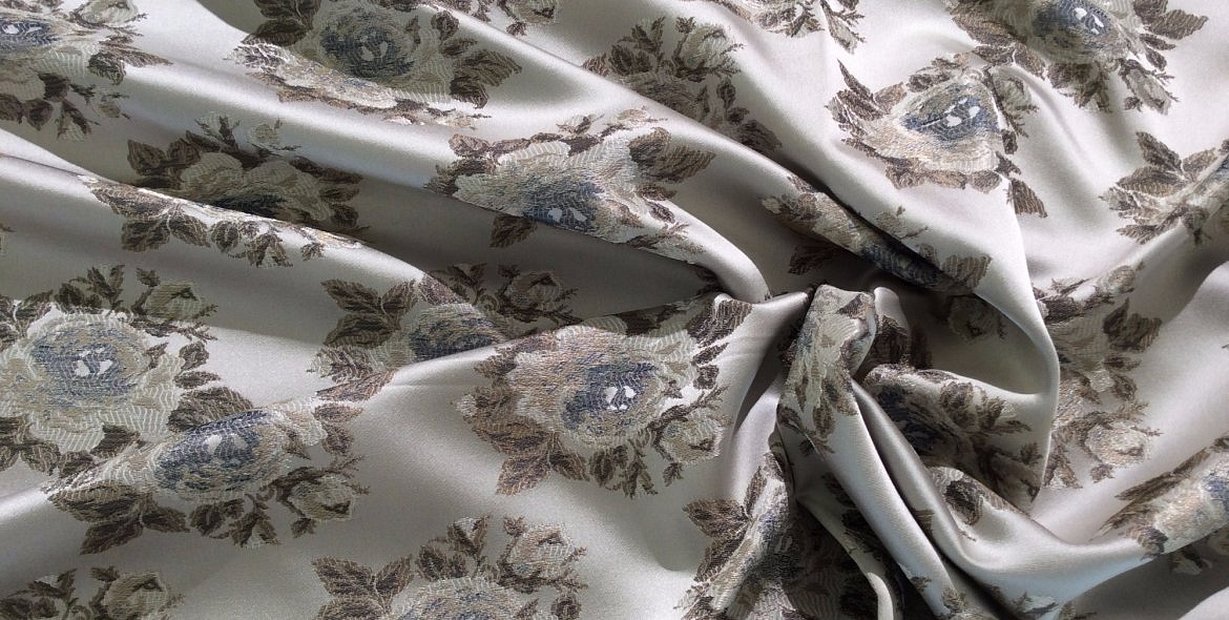
Dermantin
An incredibly popular material during the Soviet Union was dermantine. This is the name of a leather substitute. Not human leather, of course, but animal leather. Scientists have come up with a material with a cotton base and a nitrocellulose surface. A ribbed pattern was applied to the coating, imitating natural leather. It is wear-resistant, looks quite aesthetically pleasing, does not let water through, but lets air through. It is easy to clean and does not fade in the sun. But it is very sensitive to scratches and cuts. Bags, outerwear, and furniture upholstery are made from it.
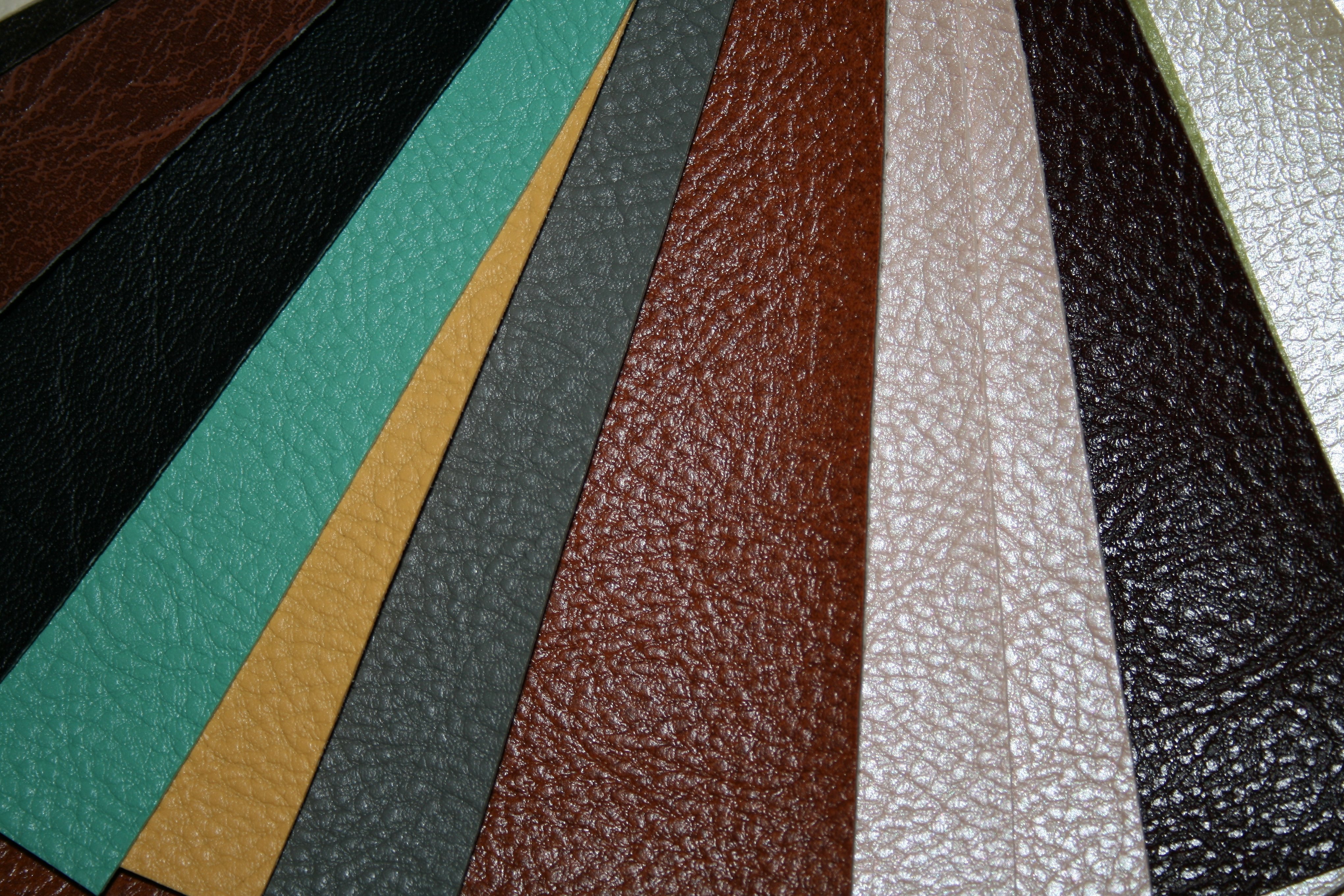
Lace
A special type of fabric is lace. It is a mixed material in composition, but its production method is absolutely unique. Vologda lace, known throughout the world as an artistic craft, originated in Vologda at the beginning of the 19th century. It was from there that finished Vologda lace with unique patterns was sent to the capital and Moscow.
The process of creating the pattern and the lace itself is so complex that only experienced craftsmen undertake it. And in the work they use bobbins - a kind of spool with wound threads. How many of them are needed and what threads are used in creating the lace - an experienced craftsman determines from the pattern. This is the name of the drawing of the future product.

Such a variety of all kinds of materials simply amazes the imagination and can satisfy the most demanding taste. You can choose by price and composition and not deny yourself anything!




